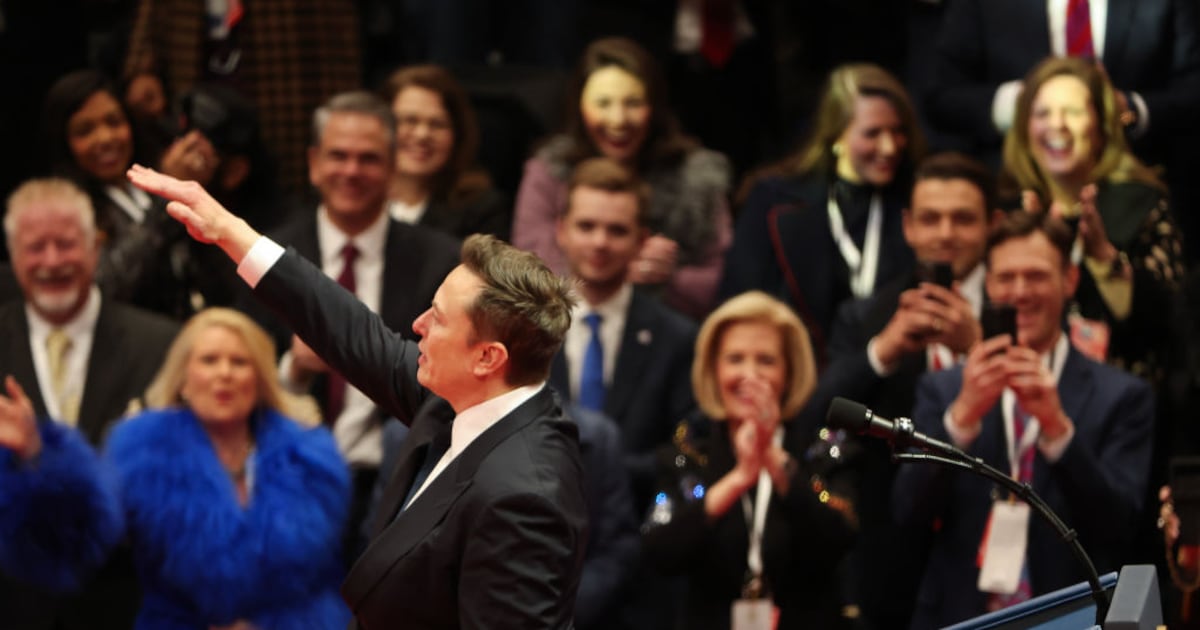Whitman College decided to retire its mascot, the Missionary, after conducting a survey of more than 18,000 alumni, students, and community members this winter, according to a press release.
More than 7,100 members of the Washington state college’s community responded to the survey where the primary question was, “Do you think the Missionary is an appropriate mascot for Whitman College today?”
Sixty-two percent of the respondents said no, 29 percent said yes, while 9 percent had no opinion.
“I felt it was important to bring our entire community together to consider this question.” President Kathleen Murray said in the press release. “Now that our community has spoken, we are going to work to create a new, official mascot for everyone to celebrate.”
The Missionary mascot was a reference to Marcus and Narcissa Whitman, two Presbyterian missionaries who traveled to Walla Walla Valley in Washington in 1836 with hopes of establishing a mission on the Cayuse tribe’s land and bringing the Christian religion to the Native American people.
After a group of Cayuse attacked the mission in 1847, killing both the Whitmans and 11 others, the first Indian war in the Northwest broke out and later, a treaty stripped the Cayuse people of most of their land.
The college was named in the Whitmans’ honor by founder Rev. Cushing Eells.
The decision to retire the Missionary mascot reflects a trend in colleges across the United States to eliminate mascots that appropriate Native American motifs or are non-inclusive and imperialistic.
The University of Illinois dropped mascot Chief Illiniwek in 2007. North Dakota retired the nickname Fighting Sioux in 2012, trading it in for the Fighting Hawks in 2015. And as early as 1978, Syracuse University banned the Saltine Warrior mascot, replacing it in 1982 with Otto the Orange.
The mascot debates are part of a larger trend in which institutions of higher learning have begun to ponder whether the people they are honoring with things like mascots, buildings, and statues on campus align with the values that those institutions currently embrace.
Students at Northwestern University want founder John Evans’s name removed from buildings across campus as well as from faculty positions. Evans was the territorial governor in Colorado at the time of the Sand Creek Massacre when a 700-man Colorado territory militia attacked and destroyed Cheyenne and Arapaho Indian villages, killing nearly 200 women, children, and older men.
“When you are honoring people from earlier eras of our country, there is a good chance that those people are a mixed bag,” said Joel Barkin, the vice president for communications at Oneida Indian Nation.
“We live in a very multicultural society today, and most of the older institutions by and large are honoring not a very diverse set of people,” Barkin said. “So when you talk to a student who is walking around at a university where everything, the statues and monuments, has no connection to them or even has a negative connection, you have to ask, is that the kind of inclusive environment you want to create on a campus?”
Whitman’s campus in particular is covered in signs and symbols representing what student Lachlan Johnson referred to as “the Whitman myth.”
“In its simplest form, it is a celebration of people who were involved in violence against indigenous people,” Johnson said, “and for me, I view it as part of this false history that has been sort of created and promoted and if we are going to have an honest discussion about the history of Whitman College and the area that it is in and if we are going to engage in this way, we need to take down these symbols."
Johnson is a member of the Indigenous Peoples Education and Culture Club (IPECC) at Whitman but is not indigenous himself. IPECC worked with a number of groups on campus to change the mascot—the first step of many in either contextualizing or eliminating these so-called historical symbols around campus.
The fourth president of the college in particular built up this idea of what Whitman’s history was when in reality, it was something different and more complex. Because Whitman was in danger of closing, he needed to raise money and being named after a Martyr was good for fundraising.
“The early founding fathers started to build up this myth about how Marcus Whitman saved the Pacific Northwest from the savages and the British for the white Anglo-Saxon Protestants,” he said.
IPECC aims to have a plaque by every symbol that acknowledges its history and for things, like the mascot, that cannot be contextualized they aim to have them changed. The newspaper, The Whitman Pioneer, is changing its name, as is the yearbook, called Waiilatpu.
Beyond Whitman, Barkin poses two questions: Should taxpayers subsidize the commercial use, at least at a professional level, of a derogatory term? And is it appropriate that schools receiving taxpayer subsidies be allowed to perpetuate a derogatory term, too?
“It is again that question of whether this is the kind of image we want to promote,” he said.
Barkin said that when it comes to making these changes, people always ask, “Why now?”
“That is a very close-minded argument,” Barkin said. “They say, ‘We’ve had it for this long, why are we making a big deal of this now?’ The bad is a part of the legacy. The Washington team name was given by a racist—that is the legacy. This is a team that refused to integrate, a guy who was known for being a racist and was forced to integrate his team. You don’t hear about that part. What schools can learn from this is if you deal with this honestly and you take a real look at the people being honored and decide whether it is appropriate or whether people have a just reason for feeling offended.”
Whitman will hold a vote in the fall of 2016 to choose a new mascot. Although the decision is facing some backlash from alumni and other keyboard warriors on social media, President Murray insisted that Whitman is more than just its mascot.
“While important, we all know that the mascot is not Whitman College’s defining element,” Murray said. “Instead, it is our shared commitment to our educational mission—that of providing a rigorous, residential education in the liberal arts.”
Barkin notes that moving away from these polarizing terms “is a huge deal for those being impacted on the other side.”






